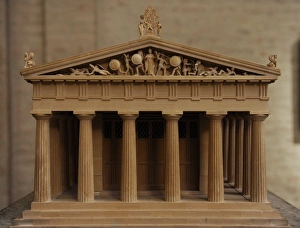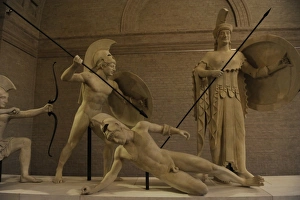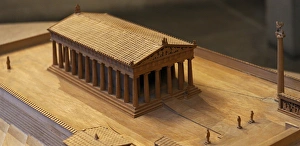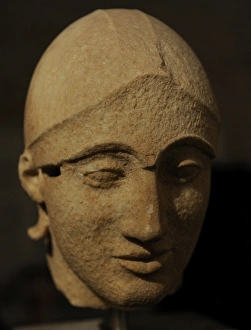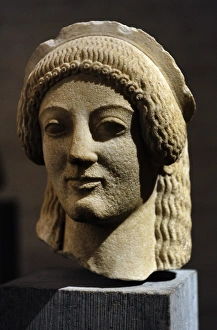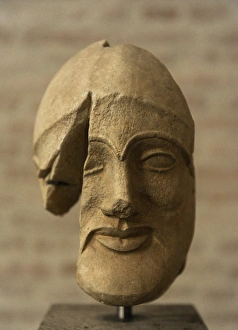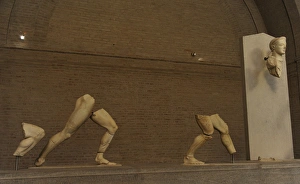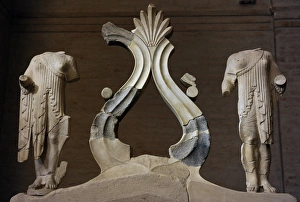Aphaea Collection
Step back in time to the 19th century reconstruction of the Aegina West Pediment, where the magnificent Aphaia Temple stands proudly on the island of Aegina
All Professionally Made to Order for Quick Shipping
Step back in time to the 19th century reconstruction of the Aegina West Pediment, where the magnificent Aphaia Temple stands proudly on the island of Aegina. This wooden model showcases its grandeur, giving us a glimpse into ancient Greek architecture. As we explore further, we encounter captivating sculptures that adorned this temple. The head of the Trojan helper from the East Pediments Group catches our attention with its intricate details and mysterious allure. Nearby, an enigmatic sphinx gazes at us with its mesmerizing eyes, while an archer stands poised for action. Dating back to around 490 BC, these sculptures formed part of the East Pediments Group and were integral to telling stories from Greek mythology. They transport us to a time when gods and heroes roamed these lands. Moving closer to the central coronation of the west pediment, we are awestruck by its magnificence. The craftsmanship is impeccable as it depicts scenes from ancient legends that have captivated generations. The trojan warrior's shield displayed in this temple speaks volumes about their military prowess and valor. It serves as a reminder of their heroic battles fought long ago. Examining every detail within this sacred space reveals more wonders - a Doric capital from inside the cella showcases architectural excellence while large palmette-tendril ornaments add elegance and beauty throughout. The Aphaia Temple remains an enduring symbol of Greece's rich history and cultural heritage. Its significance cannot be overstated; it represents not only architectural brilliance but also mythological tales passed down through generations. Visiting this temple or exploring models like these allows us to immerse ourselves in ancient times – connecting with our past while marveling at human ingenuity and creativity that has stood strong for centuries.

